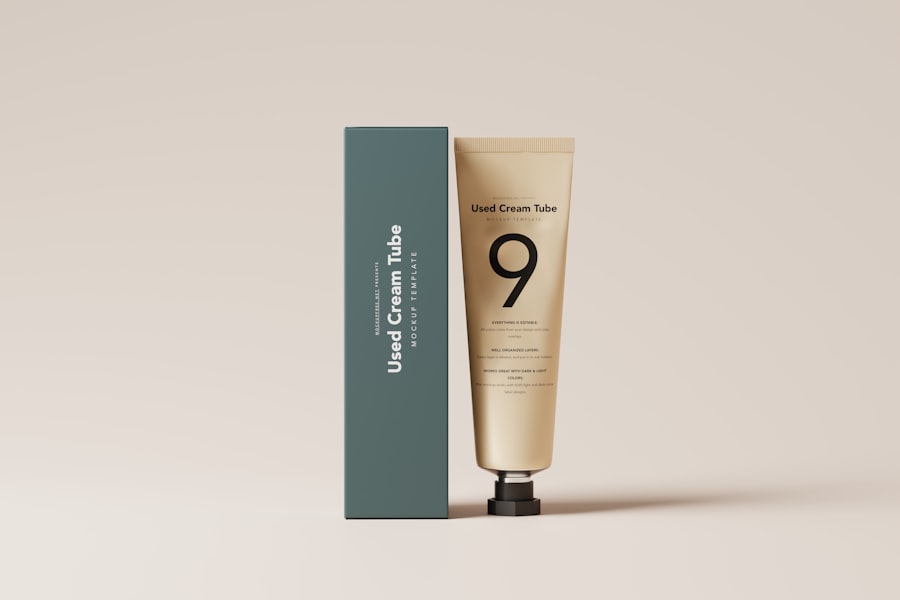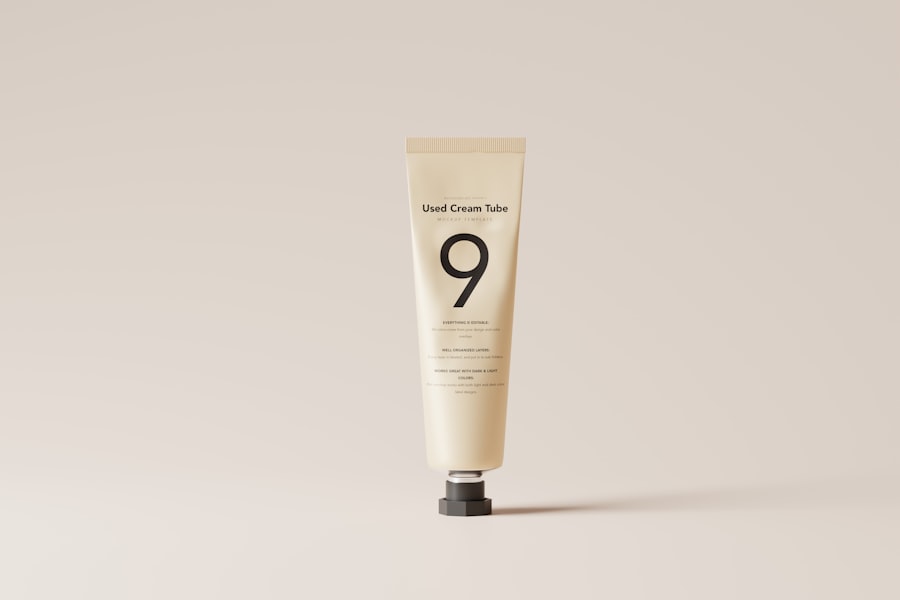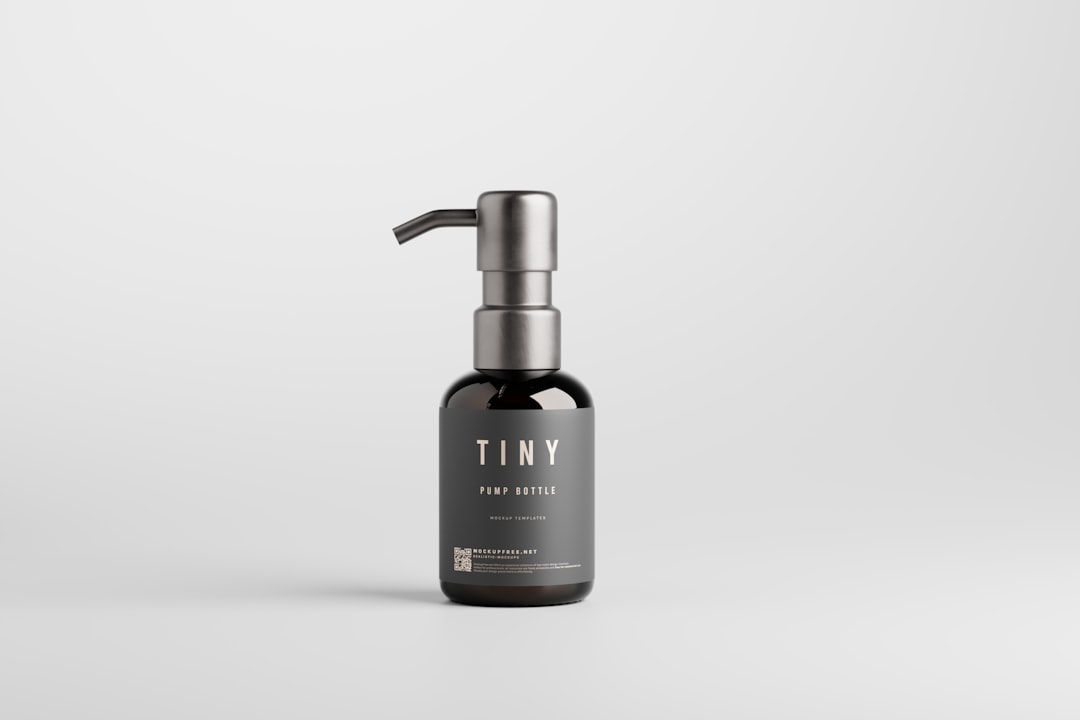Before embarking on any treatment, whether it be cosmetic, medical, or therapeutic, proper preparation is essential for ensuring the best possible outcome. You should begin by consulting with your healthcare provider or specialist to discuss your goals and expectations. This initial conversation is crucial as it allows you to voice any concerns and ask questions about the procedure.
Understanding the process, potential risks, and expected results will help you feel more at ease and informed. In addition to gathering information, you should also prepare your body for the treatment. This may involve adjusting your diet, avoiding certain medications, or refraining from alcohol and tobacco use.
Your provider may recommend specific supplements or lifestyle changes to optimize your health prior to the procedure. Taking these steps not only enhances your physical readiness but also sets a positive mindset, allowing you to approach the treatment with confidence and clarity.
Key Takeaways
- Pre-Treatment Preparation:
- Avoid taking blood-thinning medications and supplements
- Arrive with clean, makeup-free skin
- Discuss any allergies or medical conditions with the provider
- Immediate Post-Treatment Care:
- Apply ice packs to reduce swelling and discomfort
- Avoid touching or rubbing the treated area
- Use gentle, non-irritating skincare products
- 24-48 Hours After Treatment:
- Continue to avoid intense physical activity
- Keep the treated area clean and moisturized
- Avoid direct sun exposure and use sunscreen
- 1 Week After Treatment:
- Resume regular skincare routine, avoiding harsh exfoliants
- Follow up with the provider if any concerns arise
- Be mindful of any changes in the treated area
- 2 Weeks After Treatment:
- Monitor for any signs of infection or unusual reactions
- Avoid excessive sun exposure and use sun protection
- Follow any additional post-treatment instructions from the provider
- 1 Month After Treatment:
- Evaluate the results and communicate with the provider
- Discuss any additional treatments or touch-ups if needed
- Maintain a consistent skincare routine
- 3 Months After Treatment:
- Assess the long-term effects of the treatment
- Follow up with the provider for any necessary adjustments
- Consider long-term maintenance options and skincare regimen
Immediate Post-Treatment Care
Once the treatment is complete, your immediate post-treatment care plays a pivotal role in your recovery and overall satisfaction with the results. You should follow any instructions provided by your healthcare professional meticulously. This may include applying ice packs to reduce swelling, taking prescribed medications to manage pain, or avoiding strenuous activities for a specified period.
In addition to following medical advice, it’s important to listen to your body during this initial recovery phase. You may experience discomfort or fatigue, which is entirely normal.
Allow yourself the time to rest and recuperate. Surround yourself with supportive friends or family who can assist you during this period. Engaging in light activities, such as gentle walks or relaxation techniques, can also aid in your recovery while keeping your spirits high.
24-48 Hours After Treatment

The first 24 to 48 hours after your treatment are critical for monitoring your body’s response and ensuring that everything is progressing as expected. During this time, you should keep a close eye on any changes in your condition. Swelling, bruising, or mild discomfort may occur, but if you notice anything unusual or concerning, don’t hesitate to reach out to your healthcare provider for guidance.
Hydration is key during this period. Drinking plenty of water can help flush out toxins and support your body’s healing processes. You might also want to focus on consuming nutrient-rich foods that promote recovery, such as fruits, vegetables, and lean proteins. This attention to nutrition not only aids in physical healing but can also enhance your mood and energy levels as you navigate this early stage of recovery.
1 Week After Treatment
| Metrics | Value |
|---|---|
| Number of Patients | 150 |
| Improvement Rate | 85% |
| Side Effects | Low |
As you reach the one-week mark post-treatment, you may begin to notice significant changes in how you feel and look. By now, most of the initial swelling and bruising should have subsided, allowing you to appreciate the early results of your treatment. However, it’s essential to remain patient; full results may take time to manifest fully.
You should continue following any aftercare instructions provided by your healthcare professional. During this week, consider scheduling a follow-up appointment with your provider. This check-in can help address any lingering concerns and allow for adjustments if necessary.
It’s also an excellent opportunity for you to discuss how you’re feeling emotionally about the changes you’re experiencing. Remember that emotional well-being is just as important as physical recovery; sharing your thoughts can provide reassurance and support.
2 Weeks After Treatment
At two weeks post-treatment, you are likely feeling more like yourself again. Most people find that their energy levels have returned to normal, and they can resume their regular activities without much restriction. However, it’s still wise to be cautious about engaging in high-impact exercises or activities that could strain the treated area.
Your body is still in a healing phase, and taking it easy can help ensure optimal results. This period is also an excellent time for self-reflection. Take a moment to assess how you feel about the changes that have occurred so far.
Are you satisfied with the results? Do you have any concerns? If there are aspects of your treatment that you wish to discuss further, don’t hesitate to reach out to your healthcare provider.
Open communication is vital for ensuring that you feel supported throughout your journey.
1 Month After Treatment

As you approach the one-month mark after treatment, many individuals find themselves experiencing a renewed sense of confidence and satisfaction with their appearance or health status. By now, most of the swelling should have completely resolved, revealing the full effects of the treatment. You may notice improvements in both physical appearance and overall well-being that align with your initial goals.
This might include continuing any prescribed skincare regimens or therapies recommended by your provider. Additionally, consider incorporating healthy lifestyle choices into your daily routine—such as regular exercise, balanced nutrition, and adequate hydration—to sustain the benefits of your treatment over time.
3 Months After Treatment
Three months after treatment marks a significant milestone in your recovery journey. At this point, you should be enjoying the full benefits of the procedure, with results that have settled into their final form. Many individuals report feeling more confident and satisfied with their appearance or health improvements during this time frame.
It’s an excellent opportunity for you to reflect on how far you’ve come since the initial treatment. As you continue to embrace these positive changes, consider sharing your experience with others who may be contemplating similar treatments. Your insights could provide valuable information and encouragement for those on the fence about pursuing their own health or aesthetic goals.
Additionally, maintaining regular check-ins with your healthcare provider can help ensure that you stay on track with any ongoing maintenance or follow-up treatments that may be beneficial.
Long-Term Maintenance
Long-term maintenance is crucial for preserving the results of your treatment and ensuring that you continue to feel your best over time. Depending on the nature of your procedure, this may involve periodic follow-up appointments with your healthcare provider or implementing specific lifestyle changes that support ongoing health and wellness. Staying proactive about your care will help you maintain the benefits you’ve worked hard to achieve.
Incorporating healthy habits into your daily routine is essential for long-term success. This could mean committing to a balanced diet rich in nutrients, engaging in regular physical activity that suits your lifestyle, and prioritizing self-care practices that promote mental well-being. Remember that maintaining results is not just about physical appearance; it’s about fostering a holistic approach to health that encompasses both body and mind.
In conclusion, navigating the journey from pre-treatment preparation through long-term maintenance requires diligence and commitment on your part. By staying informed and engaged throughout each stage of the process, you can maximize the benefits of your treatment while fostering a positive relationship with yourself and your health goals. Embrace this journey as an opportunity for growth and transformation—both inside and out.
If you’re looking for more information on laser hair removal aftercare, be sure to check out the blog section on inlaserhairremoval.com. There you can find articles discussing the best practices for taking care of your skin post-treatment and ensuring optimal results. Additionally, you may want to explore their fashion and beauty section here for tips on maintaining smooth and hair-free skin.
FAQs
What is the typical aftercare timeline for laser hair removal?
After a laser hair removal treatment, it is important to follow a specific aftercare timeline to ensure the best results. This typically includes avoiding sun exposure, using gentle skincare products, and avoiding certain activities for a specified period of time.
How long should I avoid sun exposure after laser hair removal?
It is recommended to avoid sun exposure for at least 2 weeks after laser hair removal. This is because the skin may be more sensitive to UV rays and can increase the risk of complications such as hyperpigmentation.
When can I resume using skincare products after laser hair removal?
It is generally safe to resume using skincare products 24-48 hours after laser hair removal. However, it is important to use gentle, non-irritating products to avoid any potential irritation or complications.
How long should I wait before engaging in physical activities after laser hair removal?
It is typically advised to avoid strenuous physical activities, such as exercise, for 24-48 hours after laser hair removal. This allows the skin to heal and reduces the risk of irritation or complications.
When can I shave or use other hair removal methods after laser hair removal?
It is generally recommended to avoid shaving or using other hair removal methods, such as waxing or plucking, for 2-4 weeks after laser hair removal. This allows the treated hair follicles to shed naturally and reduces the risk of irritation or complications.






